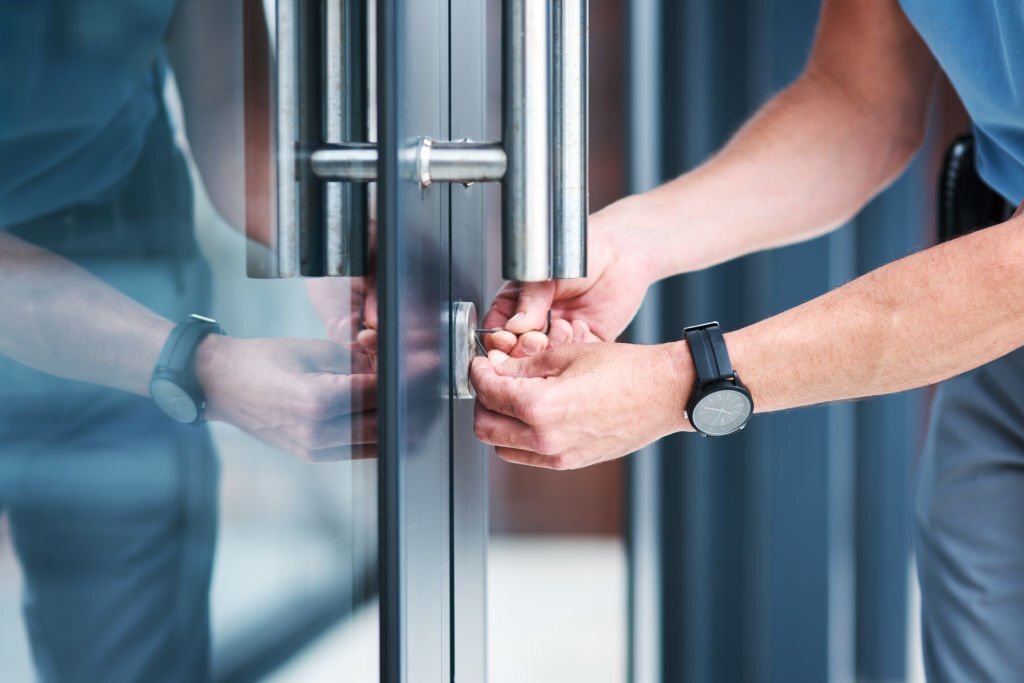How do you ensure that PPE fits properly and provides adequate protection?
Introducation
Personal Protective Equipment (PPE) is an essential tool for keeping workers safe on the job. Whether it’s construction, manufacturing, or any other type of job, PPE can prevent injuries and save lives. However, PPE is only effective if it fits properly and provides adequate protection. In this article, we’ll explore how to ensure that PPE fits properly and provides the necessary protection for the job.
What is PPE? Personal Protective Equipment (PPE) is any equipment or clothing worn by an individual to protect them from workplace hazards. It can include items such as hard hats, safety glasses, respirators, gloves, hearing protection, and safety shoes. The use of PPE is an important part of any safety program and is often required by law.
Why is Proper Fit Important? Proper fit is essential when it comes to PPE. If PPE doesn’t fit properly, it won’t provide the necessary protection. A loose-fitting respirator, for example, won’t filter out harmful particles, while a tight-fitting respirator can cause discomfort and impair breathing. Similarly, if safety glasses don’t fit properly, they can slip off or fog up, leaving workers vulnerable to eye injuries.
When it comes to PPE, one size doesn’t fit all. Different individuals may require different sizes or types of PPE to ensure proper fit and Provides adequate protection. Therefore, it’s important to select PPE that fits each worker properly.
How to Ensure Proper Fit Here are some steps to ensure that PPE fits properly:
- Conduct a Hazard Assessment Before selecting PPE, it’s important to conduct a hazard assessment to identify the specific hazards that workers will be exposed to. This will help you determine what type of PPE is necessary for the job.
- Select the Right PPE Once you have identified the hazards, select the appropriate PPE for the job. This may include hard hats, safety glasses, respirators, gloves, hearing protection, and safety shoes. Be sure to select PPE that is designed for the specific hazard and meets any regulatory requirements.
- Determine the Proper Size Once you have selected the appropriate PPE, determine the proper size for each worker. PPE that is too small or too large can compromise its effectiveness. Some PPE, such as respirators, require fit testing to ensure proper fit.
- Train Workers on Proper Use It’s important to train workers on the proper use of PPE. This includes how to put on and take off PPE, how to adjust it for proper fit, and how to maintain and clean it.
- Conduct Regular Fit Checks Regular fit checks can help ensure that PPE continues to fit properly. Fit checks should be conducted every time the PPE is worn and should be repeated if the worker’s weight changes, facial hair is grown or removed, or any other changes that may affect the fit of the PPE.
Types of PPE and Proper Fit Different types of PPE require different types of fit checks. Here’s a closer look at some common types of PPE and how to ensure proper fit:

- Hard Hats Hard hats should fit snugly on the head and not shift or move around. The suspension should be adjusted to fit the size of the worker’s head.
- Safety Glasses Safety glasses should fit snugly on the nose and ears without causing discomfort or pressure. The lenses should be positioned directly in front of the eyes and should not fog up or slip off.
- Respirators Respirators require fit testing to ensure proper fit. The respirator should form a seal around the face and not allow any air to leak in around the edges.
- Gloves Gloves should fit snugly without being too tight or too loose.
Conclusion:
In conclusion, proper fit and adequate protection are essential for Personal Protective Equipment (PPE) to be effective in keeping workers safe on the job. To ensure proper fit, it’s important to conduct a hazard assessment, select the appropriate PPE, determine the proper size, train workers on proper use, and conduct regular fit checks. Different types of PPE require different types of fit checks, and it’s important to follow the manufacturer’s instructions for each type of PPE. By following these steps, employers can ensure that workers are properly protected from workplace hazards, and workers can have the peace of mind that they are working in a safe and healthy environment


Comments are closed.